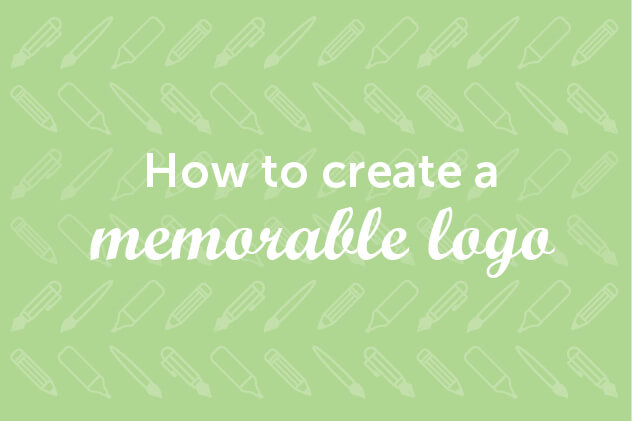1: Your Message
What does your brand represent? Are you serious or perhaps a little bit more relaxed and casual? Does your brand have a masculine feel or a feminine feel? Perhaps it’s inclusive or perhaps it caters to a specific niche. Whatever it is that your brand represents, it’s vital that you’re aware of your company’s message and are making sure that your logo accurately represents it.
*TIP: Look at your competitors. This will not only help you distinguish the feel you’re going for, but it can also help you figure out how to stand out among them.
2: Simplicity Sells
As a marketing expert, you already know that your logo should be simple, right? But what exactly does “simple” mean?
- Logo design isn’t the time to show off your fancy design skills. Successful logos steer clear from using complex gradients or meshes, so save your complex ideas and illustrations for something else. Remember, it’s more that just getting noticed, you need to be remembered.
- Keep your logo relevant. Don’t try to cram your logo with everything that your company provides. Keeping your design focused on the main aspect of your company will help maintain a simpler design.
3: Color
It’s important to remember that color not only subconsciously triggers reactions within a person, but that it is also perceived differently depending on the individual. This is why it is absolutely essential to know how you want to be perceived as a brand. Knowing so is what allows you to cater to the preferences of your target audience.
For example, colors like green and blue emote a sense of calmness, whereas warmer colors like red or orange make more of a bold or confident statement.
*TIP: Be cautious about the number of colors you use. A general design tip for logos is to not exceed 2-3 colors.
4: Typography
Just like color, different fonts emit different vibes, and as a digital marketer, you need to really understand what your brand represents and choose your fonts accordingly. For instance, a sans-serif font with many round edges and looping letters gives across more of a fun, playful vibe, and would probably not be suited for a medical practice or a law firm. The right font will give your audience a good idea of your brand’s message, so make sure to choose carefully.
5: Context
When designing your logo, keep in mind that it’s not going to live on your screen forever. Picture it in a brochure, in the top corner of a web page, or on a billboard; does it still look good? Scalability and adaptability to different backgrounds are things you need to consider as well. Complex designs aren’t ideal for scaling up or down, which is why it is imperative that your design remain simple.
Let’s see some of these principles in practice!
GOGI
The Game of Golf Institute (GOGI) is a “tax-exempt nonprofit organization with a mission to advance the growth and advocacy of recreational golf.” As such, it’s logo includes a playful flag banner. With only two colors, this design is also very simple and can successfully be placed in different contexts.
Smile Dental Studio
From the abstract tooth shape to the toothpaste-like twist on the “m,” the designers really paid attention to the details while still managing to keep the logo focused and relevant to the company.
Gloveon
The Gloveon brand specializes in high quality protective gloves that are made in a variety of latex, nitrile and vinyl. Its logo plays off of the company tagline, “Protection always on,” by incorporating the check mark in the ‘O’ to say “yes- protection is always on.” The company also uses modern colors and lettering, setting itself apart from its competition in the industry.




